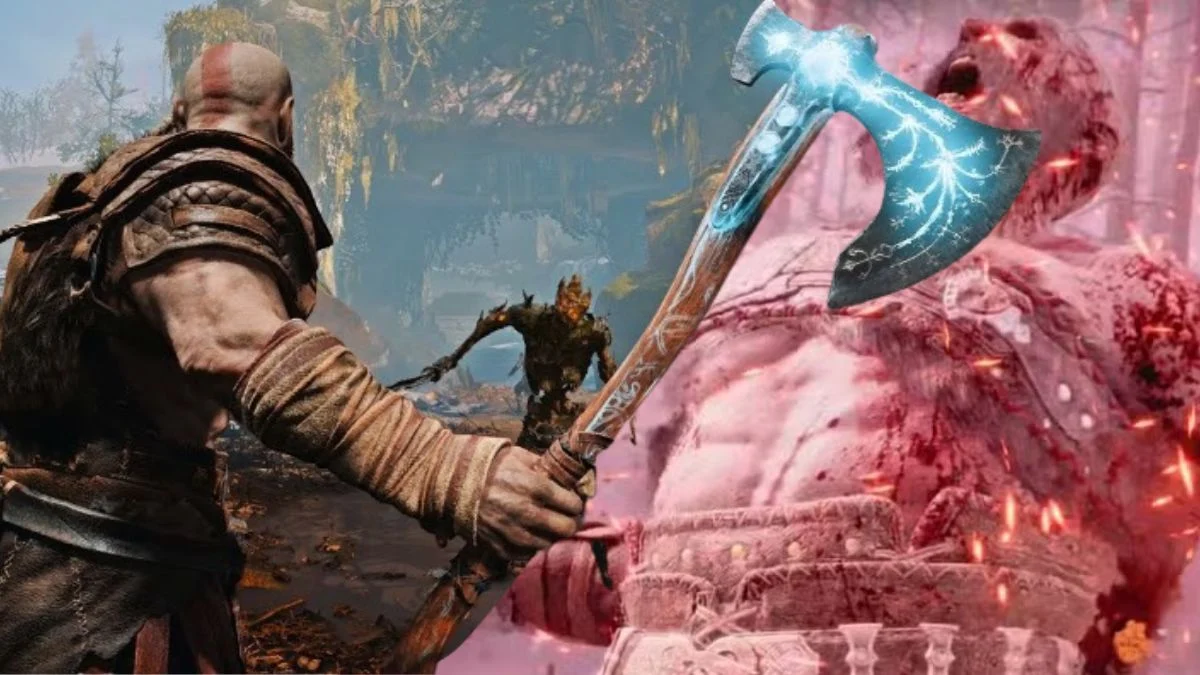Shinji Ikari sits at the center of the ‘Evangelion’ story as a 14-year-old chosen to pilot a towering biomechanical weapon against existential threats, while the series tracks how duty, trauma, and connection shape his choices. Across the original television run, the theatrical conclusion, and the later film retellings, creators use him to explore identity, autonomy, and the costs of saving—or remaking—the world. His habits, relationships, and pivotal moments are packed with specific details that explain why his arc remains one of anime’s most discussed. Here are ten concrete aspects that define Shinji’s character and legacy.
‘Neon Genesis Evangelion’ (1995–1996)
 GAINAX
GAINAXShinji is introduced as the Third Child, recruited by NERV to pilot Evangelion Unit-01 to defend Tokyo-3 from entities known as Angels. The show grounds him in routine—school, a guardian arrangement, and training—while pairing him with peers who are also pilots. Its episodes weave battle outcomes with psychological case files, showing how each fight feeds into institutional plans and personal consequences. The series establishes the key terms of his world, from AT Fields to Dummy Plug systems, that recur across later works.
Pilot of Evangelion Unit-01
 Gainax
GainaxShinji operates Unit-01, a cyborg that requires a pilot to synchronize via a neural interface submerged in LCL. Unit-01 is noted for atypical autonomy, including instances where it moves without pilot input to protect Shinji. The EVA’s umbilical cable supplies external power, but it can fight on an internal battery for a limited duration when disconnected. Shinji’s field performance frequently hinges on maintaining synchronization under stress while following NERV’s command protocols.
Unusual Synchronization and Berserk Phenomena
 Gainax
GainaxShinji demonstrates high—and volatile—synchronization levels with Unit-01, which enhances responsiveness but increases feedback risk. Under extreme conditions, Unit-01 has entered a berserk state, overriding restraints and acting independently to neutralize threats. These incidents reveal non-mechanical components inside the EVA that interact with Shinji beyond standard pilot control. The outcomes often change tactical plans on the spot and alter how command staff handle subsequent sorties.
“I mustn’t run away” — Recurring Mantra
 Gainax
GainaxShinji repeats the line “I mustn’t run away” at key points as a self-directed coping phrase. The show uses this refrain to mark transitions between hesitation and action, especially before sorties or difficult conversations. Its recurrence provides a simple textual thread viewers can track across episodes and films. The line also surfaces in merchandising, subtitles, and scripts, making it one of the character’s most recognizable identifiers.
The Hedgehog’s Dilemma in Practice
 Gainax
GainaxThe narrative invokes the Hedgehog’s Dilemma to describe how Shinji and others struggle with closeness that risks mutual hurt. School scenes, shared living arrangements, and mission debriefs provide controlled settings where this tension plays out. Dialogue and staging emphasize how small decisions—like accepting an invitation or offering help—carry outsized weight for him. This concept becomes a framework the series returns to when relationships shift after battles.
Musician: The Cello
 Gainax
GainaxShinji plays the cello, shown practicing alone and performing simple pieces that he has learned through repetition rather than formal ambition. The instrument appears in domestic scenes to contrast with high-stress combat sequences. Its inclusion gives the character a non-combat routine that is consistent with his reserved habits. The detail also supports sound design choices that place quiet, acoustic moments next to mechanical noise.
Family Ties: Gendo and Yui Ikari
 Khara
KharaShinji’s father, Gendo Ikari, directs NERV and controls access to EVA pilots and information, shaping Shinji’s assignments and briefings. His mother, Yui Ikari, is tied to the Evangelion program in ways that affect Unit-01’s behavior and Shinji’s eligibility to pilot. Documents, flashbacks, and lab reports in the story link family history to institutional projects. These connections explain why Shinji’s personal decisions repeatedly intersect with NERV’s strategic goals.
The Human Instrumentality Project
 Gainax
GainaxShinji’s actions feed into the Human Instrumentality Project, an initiative to dissolve individual boundaries and merge human consciousness. Key episodes and films depict how his state of mind can enable or disrupt this plan during high-energy events. The project is presented through technical briefings, ritual imagery, and system readouts rather than simple exposition. Shinji’s consent or rejection at critical junctures determines whether separateness or collective existence persists.
‘The End of Evangelion’ (1997)
 GAINAX
GAINAXThis film provides an alternate conclusion that runs through large-scale attacks on NERV, mass production EVAs, and the culmination of Instrumentality. Shinji’s responses during these events become the pivot for whether the world remains unified or returns to individuality. The movie visualizes internal conflicts as external sequences, aligning cockpit data with psychological imagery. Its final scenes leave concrete physical consequences that characters encounter afterward.
‘Evangelion: 3.0+1.0 Thrice Upon a Time’ (2021)
 khara
kharaThis film completes the later tetralogy by revisiting Shinji after a time jump and placing him in new social and operational contexts. It documents how he processes earlier outcomes, learns procedures in unfamiliar settings, and participates in a final operation with revised technology. The story closes long-running threads about EVA systems, relationships, and Instrumentality using new terminology and locations. Its epilogue situates him beyond the pilot role that defined his earlier life.
Enjoy the article? Share which Shinji detail stood out to you most in the comments.

.jpeg)





































 English (US) ·
English (US) ·